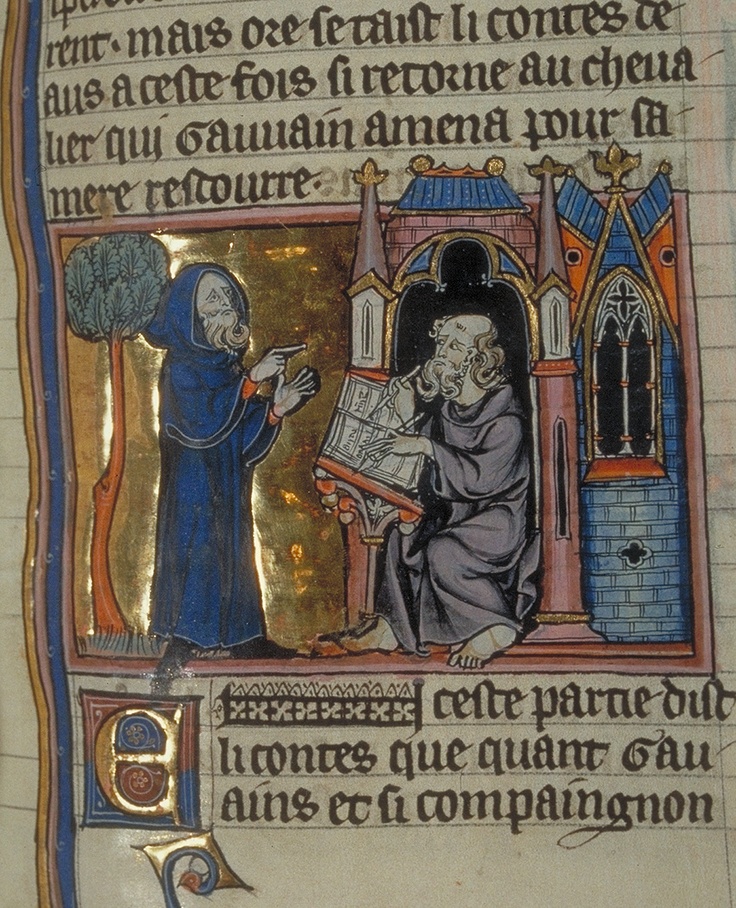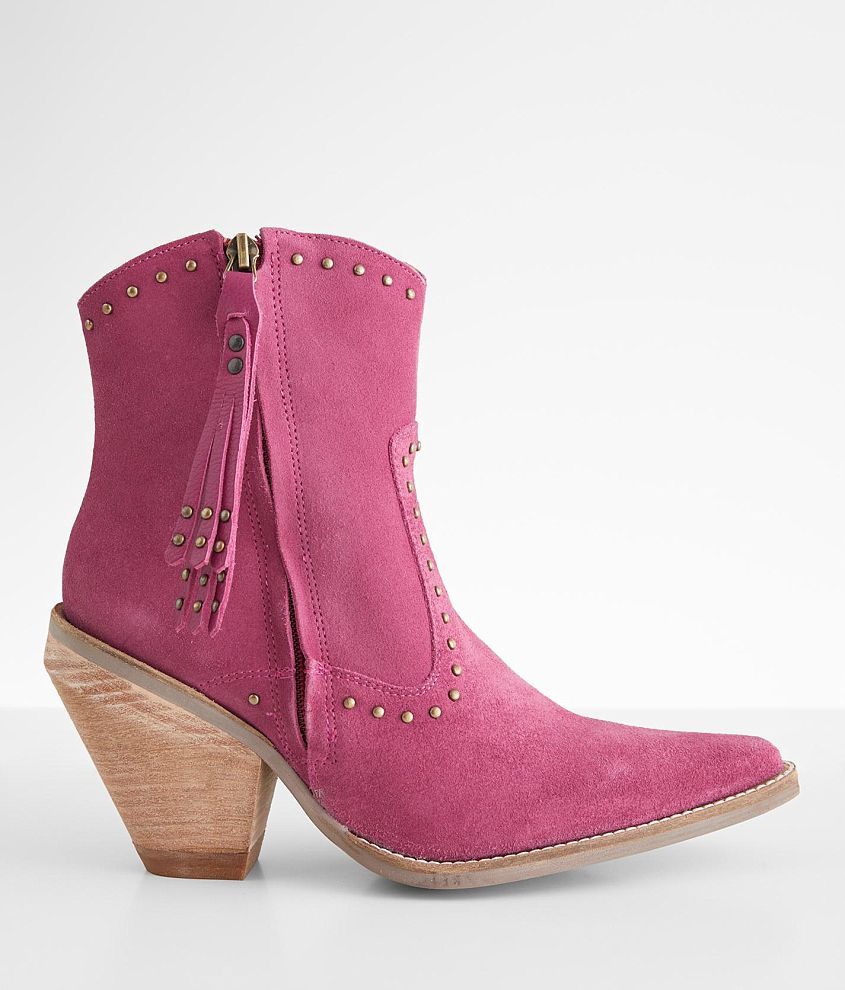Discovering Merlin And Arthur: A Medieval Book Cover Mystery

Table of Contents
The Iconography of Merlin and Arthur in Medieval Art
The depictions of Merlin and Arthur on medieval book covers weren't arbitrary; they were carefully crafted images laden with symbolism reflecting the cultural understanding of these legendary figures.
Merlin's Depiction: Sage, Sorcerer, or Prophet?
Medieval artists portrayed Merlin in diverse ways, reflecting the multifaceted nature of his character in various literary sources. His image evolved throughout the period, influenced by changing societal views and artistic styles.
- Variations in Artistic Representation: Sometimes depicted as a wise old man with a flowing beard, other times as a powerful sorcerer wielding magical artifacts. The choice of portrayal often depended on the specific text the book cover accompanied.
- Symbolism of Iconographic Elements: A long, flowing beard often symbolized wisdom and age, while robes hinted at his status and mystical power. The inclusion of magical items, such as a crystal ball or staff, emphasized his prophetic and sorcerous abilities.
- Examples of Specific Book Covers Showcasing Merlin: Unfortunately, many medieval book covers have been lost to time. However, surviving illuminated manuscripts often depict Merlin in scenes from Arthurian romances, providing valuable clues to how he was visually represented. These depictions ranged from subtle cameos to central illustrations in the narrative.
- Interpretations Based on Different Textual Sources: The image of Merlin shifted based on whether the manuscript emphasized his role as a sage advisor, a powerful magician, or a prophet foretelling the future.
Arthur's Portrayal: King, Warrior, or Idealized Ruler?
King Arthur's representation on medieval book covers similarly reflected the multifaceted nature of his legendary persona. He was simultaneously a powerful warrior, a just king, and a symbol of idealized medieval chivalry.
- Consistent and Varied Depictions: While often depicted in regal attire, Arthur's portrayal also showcased his martial prowess. He is frequently shown armed, sometimes on horseback, ready for battle.
- Symbolism in Arthur's Attire and Imagery: His crown, sword (Excalibur), and other royal regalia signified his status as king. The presence of the Round Table often suggested themes of chivalry, camaraderie, and justice.
- Evolution of Arthur's Image: The portrayal of Arthur evolved over time, adapting to shifts in social and political ideals. For example, portrayals during times of national conflict might emphasize his strength and military success, whereas during times of peace, his role as a wise and just ruler would be highlighted.
- Examples of Specific Book Covers Featuring Arthur: Many surviving illuminated manuscripts and fragments display scenes from Arthurian romances, portraying King Arthur in various contexts, from glorious battles to courtly scenes. These provide invaluable insights into the visual representations favored during different periods.
The Role of Book Covers in Medieval Society
Medieval book covers were far more than mere protection for valuable texts; they served crucial social and cultural functions.
Beyond Decoration: The Function and Purpose of Medieval Book Covers
Book covers served essential practical and symbolic purposes.
- Protection and Identification: Primarily, they shielded delicate manuscripts from damage, preserving the knowledge within. They also helped to identify the book’s content at a glance.
- Social and Cultural Significance: Elaborate book covers served as status symbols, reflecting the owner's wealth and social standing. The material and craftsmanship of a cover signaled the importance of the contained manuscript.
- Reflecting the Book’s Content and Owner's Status: The materials used – leather, wood, precious metals – and the decorative techniques employed – illumination, embossing, tooling – directly related to the book's value and the owner's social position.
- Types of Materials Used: Leather was common for its durability, while more expensive materials like ivory or precious metals indicated higher status.
Decoding the Symbolism: Uncovering Hidden Messages
Medieval book covers were frequently adorned with intricate symbolism and allegory.
- Use of Symbolism and Allegory: Images, colors, and patterns were carefully chosen to convey meaning beyond their literal representation. This symbolism provided layers of understanding for the informed viewer.
- Conveying Meaning Through Images, Colors, and Patterns: Colors, for example, held specific symbolic weight (e.g., gold for divinity, red for passion). Images frequently referenced religious, mythological, or historical events.
- Potential Hidden Messages Related to Merlin and Arthur: The depictions of Merlin and Arthur on book covers could have contained coded messages or subtle allusions to specific events or interpretations of the legends.
- Examples of Specific Symbolic Elements: Specific animals, plants, and objects could represent virtues, vices, or abstract concepts, adding another layer to the narrative and visual presentation.
Specific Examples of Medieval Book Covers Featuring Merlin and Arthur
Unfortunately, complete medieval book covers featuring both Merlin and Arthur are exceedingly rare. However, fragments and illustrations from illuminated manuscripts provide glimpses into this artistic tradition. High-quality images of relevant manuscript pages and fragments, along with their detailed descriptions, would greatly enhance this section (Unfortunately, directly including images here is beyond the scope of a text-based response). Researchers should consult relevant museum and library archives for visual examples.
- Detailed Descriptions of Selected Book Covers: Descriptions would include information about the materials used, artistic techniques, and the provenance (history of ownership) of the book cover or fragment.
- High-Resolution Images of the Covers: Visual analysis is crucial to understanding the subtle nuances of the artwork.
- Analysis of Artistic Style and Historical Significance: Discussion of the artistic styles used (e.g., Gothic, Romanesque) helps to contextualize the book cover within its historical and cultural setting.
Conclusion
This exploration of the "Medieval Book Cover Mystery" surrounding Merlin and Arthur has revealed the rich tapestry of symbolism, artistry, and cultural significance embedded in these seemingly simple objects. By analyzing the iconography and the social context of medieval book covers, we gain a deeper understanding of the enduring power of these legendary figures and their impact on medieval society. Continue your journey into this fascinating world by researching specific examples of medieval manuscripts and their artistic details. Delve deeper into the "Medieval Book Cover Mystery" and uncover the secrets held within these captivating artifacts. Further exploration of specific medieval manuscripts and their associated book covers will continue to reveal new insights into this fascinating area of medieval art and culture.

Featured Posts
-
 Selena Gomezs Sassy Leather Dress Channel Your Inner Movie Star
May 11, 2025
Selena Gomezs Sassy Leather Dress Channel Your Inner Movie Star
May 11, 2025 -
 Prince Andrew Accusers Near Fatal Car Crash Four Days To Live
May 11, 2025
Prince Andrew Accusers Near Fatal Car Crash Four Days To Live
May 11, 2025 -
 Video Okikj Go Srekjava Khart I Go Ostava Bez Zborovi
May 11, 2025
Video Okikj Go Srekjava Khart I Go Ostava Bez Zborovi
May 11, 2025 -
 Crazy Rich Asians Tv Series Adele Lim Jon M Chu And Kevin Kwan Lead Development
May 11, 2025
Crazy Rich Asians Tv Series Adele Lim Jon M Chu And Kevin Kwan Lead Development
May 11, 2025 -
 Dansk Melodi Grand Prix 2025 Stem Nu Pa Din Favorit
May 11, 2025
Dansk Melodi Grand Prix 2025 Stem Nu Pa Din Favorit
May 11, 2025
